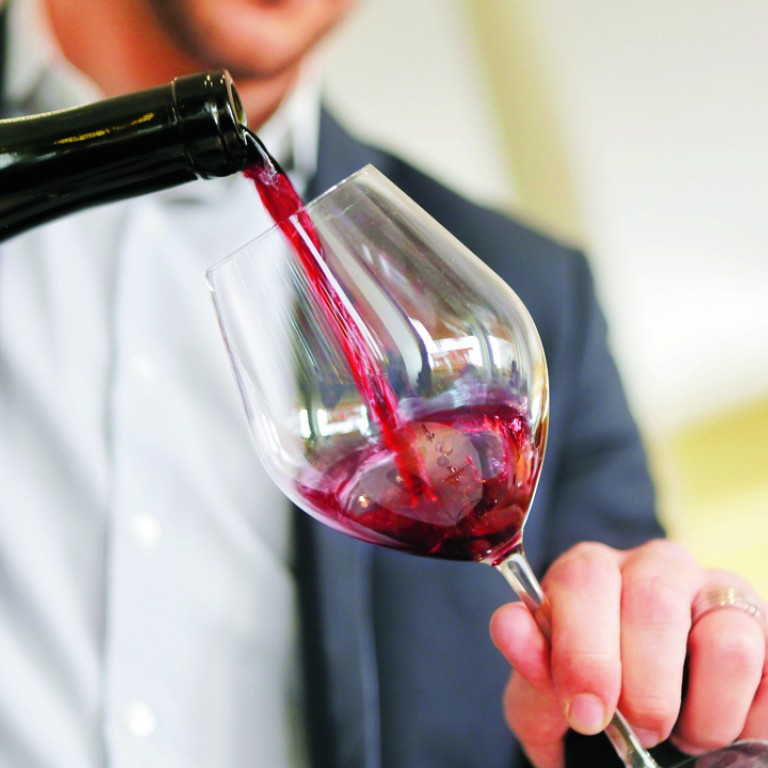
Hong Kong wine expert Sarah Heller on the terrors of blind tastings
My deep-seated distaste for such tastings may have something to do with my humbling first 'blinding', but for most tasters the best they'll do anyway is make a logical guess as to a wine's origin

Were I psychoanalytically inclined, I might trace this deep-seated distaste to my earliest blind tastings, delivered by somebody who is, inexplicably, still a good friend, despite his ongoing masochistic love of “blinding” me (but let us not proceed too far with the psychoanalysis).
On the first of these trials, I was served what I now know to be one of the nicest Saint-Aubins on the market. My challenge was that I had started out in wine working for an Italian “natural wine” importer, so unless faced with a skin-fermented white from Slovenia, I was at something of a loss. Chardonnay from a lesser-known Burgundy village might as well have hailed from Mars.
“How are you on Burgundy villages?” the friend asked, not yet aware of my 50km-wide blind spot.
“You know,” I said with a facial tic that must have been mistaken for humility.
We danced around the issue for another 20 minutes until I – under much duress – estimated a price point for the wine of HK$1,200. This after being told it was from Saint-Aubin, and thatit is not traditionally considered a great Burgundy village. For reference, Saint-Aubin from this producer (Pierre Yves Colin Morey) generally clocks in at around HK$375.
It dawned on him at this stage that he'd thrown in his lot with a crass bungler, and the friend diplomatically said only, “I didn't realise pricing in Hong Kong was so steep.”

Blind tasting is, after all, sufficiently beastly without having to contend with the psychology of the “blinder”, who may simply be out to get you. They may have funnelled it into a differently shaped bottle. They may have pasted the neck tag from an Italian wine onto a bottle of Burgundy. The mind is putty in the hands of suggestion, concocting sugar when there is bone dryness, adding oak to wine untouched by barrel.
However, what blind tasting is not is magic. Sad as I am (well, not really) to dash the fantasy of the precocious taster who merely touches glass to nose before rattling off producer, vintage, grape variety and the name of the horse that ploughed the field, I would posit that for most wines, the best we can manage is a well-informed, logical guess.
Acknowledging this, the Master of Wine tasting exams are primarily geared to the logical rather than instinctive mind. Although points are naturally awarded for a correct identification, the lion's share reward the supporting explanation. One can't answer a 12-point question with “Chardonnay, because it tastes like it” and expect to do well.

What, then, are the tools of blind tasting – and how might I have gotten to Saint-Aubin, particularly now that winemakers everywhere have become so adept that the argument “high quality, therefore Burgundy” sadly doesn't fly?
You'd probably start with the “fruit vs mineral” question, a divide between the generally “fruitier” New World (everywhere outside Europe) and the unfruity, European Old World. This offends most of the New World, but still arguably holds some truth.
With fairly low alcohol (12.5 per cent), tart, acid, light body and lemon and stony notes (yes, we contend that stones have a smell), we are in a cooler origin. However, subtle vanilla oak notes push us away from Chablis, where new oak is rarely used. This pushes us to Puligny-Montrachet, the “skinniest” of the top white Burgundy villages, but our wine's comparatively moderate concentration and complexity (ie, range of aromas) might direct us to Puligny's lesser-known neighbour, Saint-Aubin.
Admittedly, with wines that are not highly specific, it will sometimes still feel like we're throwing a dart. However, given the last time I answered this question I thought we were drinking Friulano from Friuli (not even slightly close), I'll admit the logic definitely helps.
